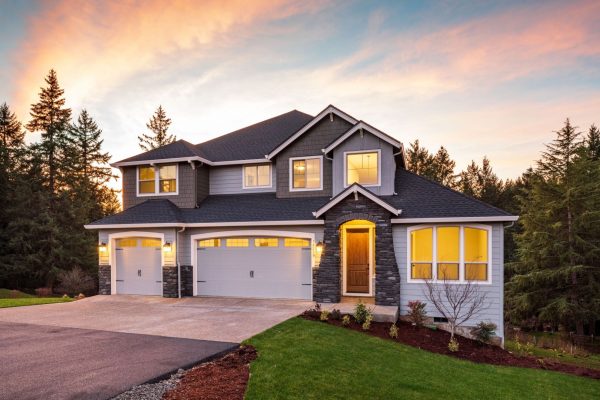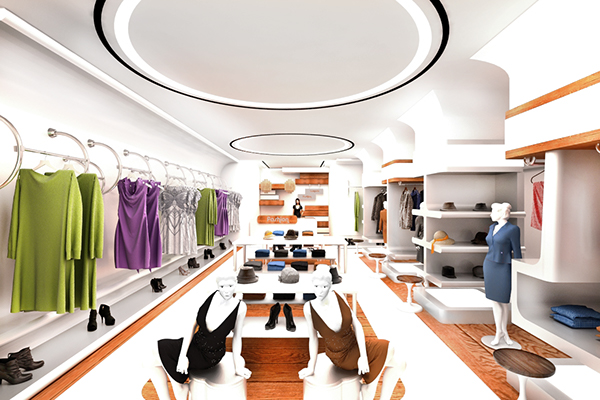
Architectural Design/BIM
Architectural Design/BIM
Building Information Modeling benefits architects immensely. This advanced modeling software has completely changed the way that architects approach building design. We now have access to extremely powerful tools that enable us to create dynamic, streamlined structures that stand the test of time. HMC Architects strongly believes that Building Information Modeling benefits empower us to offer our clients more.
By asking architects about what they see as their main responsibility and contribution to the design process, it is likely that they especially mention two points: first, creating good architecture, and second complying with the contract conditions and requirements of the clients, users and building authorities. The first point is related to the product, the second is related to the processes leading to production of that product.
Confident and reliable, our LEED-accredited mechanical and electrical design engineers have extensive experience in delivering a variety of MEP design services for new and refurbished buildings in the US, UK and Australia, with a thorough knowledge of local codes and standards.
As an efficient back of house design partner, our services involve spatial planning, detailing and developing design while providing accurate production details, design basis reports, schedules and specifications.
Our engineering design services include:
- Architectural
- Facade Design
- Interior Design
- Infrastructure Design
Building Information Modeling technology supports architects throughout the design process. Gain more insights earlier in the process to meet your clients’ requirements and deliver projects with improved quality and efficiency.
Make better design decisions earlier in the process with insights into what your design will represent through visualization, coordination, collaboration and analysis tools.
Architects use Building Information Modeling (BIM) throughout the design process to help improve quality and accelerate design processes with integrated workflows for concept design, modeling, multidiscipline coordination, and construction documentation.
The facades of a building visible from a street play an important role in contributing to the amenity and attractiveness of an area. Facades should therefore be designed to have a pleasing scale and appearance, proportion and rhythm, solid-to-void relationship and materiality. Care and attention should be given to their design to ensure the building stands up to critical observation from near and afar. It is essential that all building elevations are considered and designed as an integral part of the overall development.
Balconies, as well as corner windows and bay windows, can be used to articulate facades and improve passive surveillance. Recessed balconies should be opted for where possible because they provide better privacy, better weather protection and a more attractive form of architectural articulation than cantilevered balconies.
Interior design is the art and science of enhancing the interior of a building to achieve a healthier and more aesthetically pleasing environment for the people using the space. An interior designer is someone who plans, researches, coordinates, and manages such enhancement projects.
Designers craft spaces that anticipate our needs and appeal to our emotions while pulling from a broad set of skills and technical knowledge. Interior design has changed dramatically since the early 20th century when it was just beginning to emerge as a profession.
Interior design combination of below Engineering:
- Textiles, materials, color, space planning, sustainability, and more
- Software applications for 2D & 3D computer-aided design (CAD) and building information modeling (BIM)
- Structural requirements, health and safety issues, and building codes.
The planning, design and construction of sustainable infrastructure is of vital importance in developed and developing countries and in rural and urban areas, as it supports and connects our communities.
Arup understands this, which is why the firm has carried out work of this nature around the world for the last four decades. The firm recognises its privileged position of gathering and integrating knowledge and experience from around the world to help to create better and more responsible infrastructure.
In both developed and developing nations around the world, a lack of, or compromised access to, clean water, sanitation, energy and transportation severely compromises well-being and the economy. Basic infrastructure is therefore not a luxury that can wait for better economic times, but a precondition for supporting and creating them. The provision of appropriate infrastructure is an urgent and ongoing global requirement.




